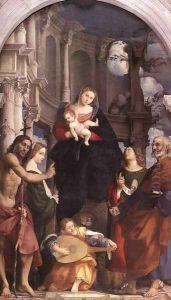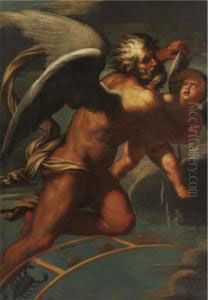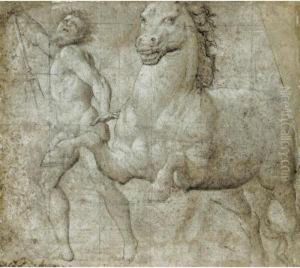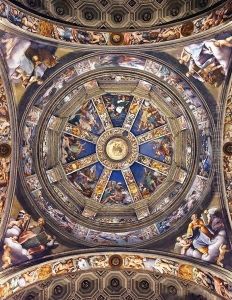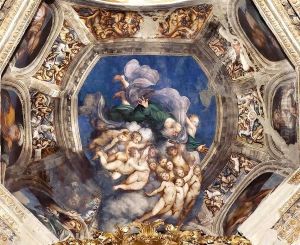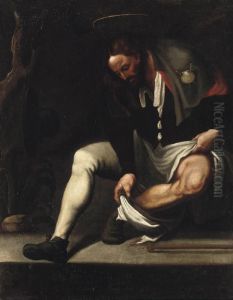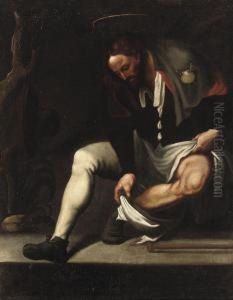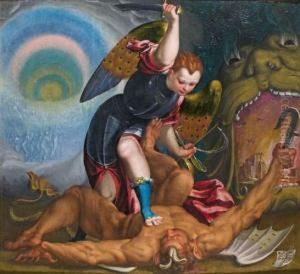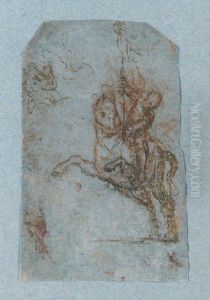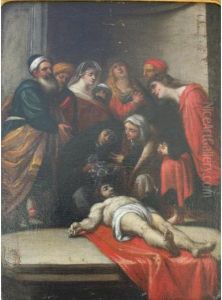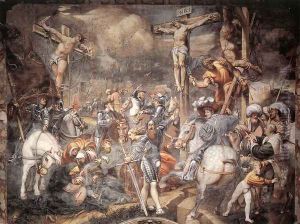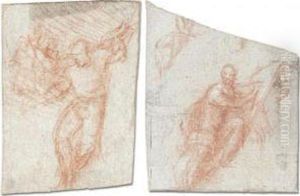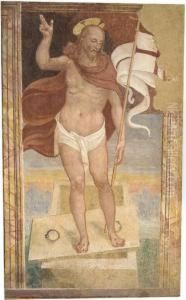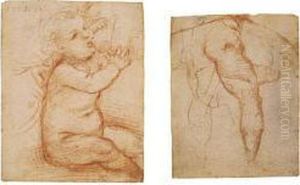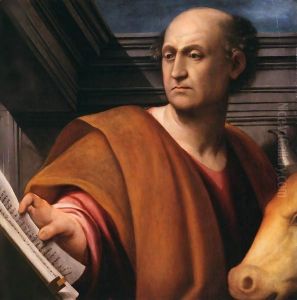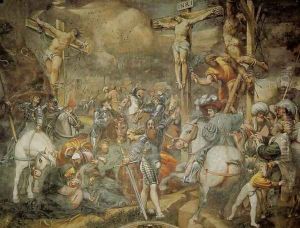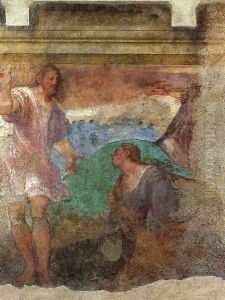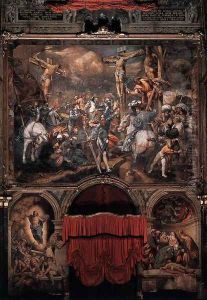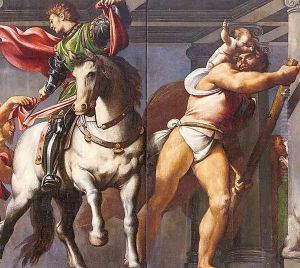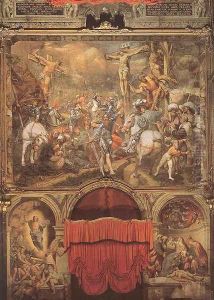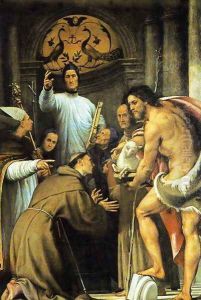(Giovanni Antonio de' Sacchis) Pordenone Paintings
Giovanni Antonio de' Sacchis, better known as Il Pordenone after his birthplace of Pordenone in Friuli, was an influential Italian painter of the Renaissance period. Born in 1484, his early life remains somewhat obscure, but it is clear that he emerged as one of the most prominent painters in northern Italy in the early 16th century. Pordenone's style is notable for its vigorous, dramatic use of color and light, characteristics that align him with the Venetian school, though he also incorporated elements of the Lombard and Roman schools, reflecting a synthesis of northern and central Italian artistic tendencies.
Pordenone's work includes frescoes, altarpieces, and canvas paintings, spanning religious subjects, portraits, and mythological scenes. Among his most famous works are the frescoes in the cathedral of Cremona (1520–1530) and the church of San Stefano in Venice, which showcase his mastery of large-scale compositions and his ability to convey deep emotional intensity. His work was marked by a bold use of perspective and a dynamic approach to figures, which often appear to break out of their pictorial boundaries, engaging the viewer directly.
Despite his success, Pordenone's career was not without controversy. He was often in competition with other artists, most notably Titian, which led to intense rivalries. Nonetheless, Pordenone's influence was significant, contributing to the development of Mannerism in northern Italy. His ability to blend the grandeur of the High Renaissance with the emotional intensity and dynamic compositions of the coming Mannerist style positioned him as a bridge between eras.
Pordenone died in 1539, leaving behind a body of work that continues to be admired for its boldness and originality. His legacy is evident in the impact he had on the generation of artists that followed, influencing the trajectory of Italian Renaissance art. Today, his works are preserved in some of the most prestigious museums and collections around the world, celebrated for their vibrant energy and emotional power.
